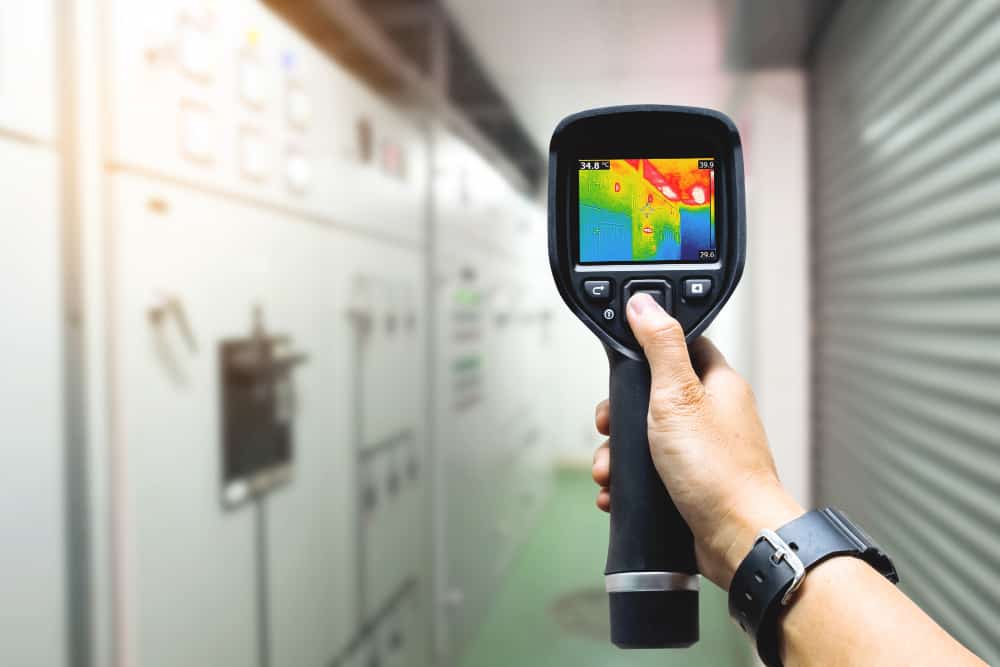Unveiling the Invisible with Thermal Imaging
Thermal imaging inspections are a cutting-edge approach to identifying hidden water damage and excess moisture in buildings. This advanced technology, also known as infrared thermography, offers a non-invasive way to detect water intrusion that may be concealed behind surfaces such as walls, floors, or ceilings.
By mapping temperature variations on a surface, thermal imaging cameras can pinpoint areas affected by moisture that would typically go unnoticed in traditional inspections. This technology operates on the principle that water-affected areas have different thermal properties and, therefore, display different temperature patterns compared to dry areas.

Why Thermal Imaging is Crucial in Water Damage Restoration
Timely Detection
One of the critical benefits of thermal imaging is its ability to detect water damage early on. The quicker the water damage is identified, the faster the restoration process can begin, thereby mitigating further damage to the property.
Preventing Mold Growth
By identifying excess moisture, thermal imaging can help prevent mold growth. Since mold thrives in damp environments, detecting and eliminating sources of moisture is crucial in preventing mold outbreaks.
Cost-Efficiency
The use of thermal imaging can also save considerable costs in the long run. By locating hidden water damage, unnecessary demolition and reconstruction can be avoided, preserving the integrity of the structure while reducing repair expenses.
The Process of Thermal Imaging Inspections
- Scanning the Area: Using a thermal imaging camera, trained technicians will systematically scan the area for unusual temperature differences.
- Interpreting the Images: The results are then analyzed to distinguish between normal and potentially problematic temperature patterns.
- Verifying Findings: Unusual patterns are further investigated, often by combining with other inspection methods such as moisture meters to confirm the presence of water damage.
Table: Comparison of Traditional Inspection vs. Thermal Imaging Inspection
| Criteria | Traditional Inspection | Thermal Imaging Inspection |
|---|---|---|
| Detects Surface Damage | Yes | Yes |
| Detects Hidden Damage | No | Yes |
| Non-Invasive | No | Yes |
| Early Detection | No | Yes |
| Cost-Effective | Less so | Yes |
Finding the Right Water Damage Restoration Service
When seeking a water damage restoration service, it is important to consider whether the company employs advanced techniques like thermal imaging inspections. Not only does this demonstrate their commitment to using the latest technology, but it also ensures that they are equipped to find and address all potential sources of water damage, even those hidden from plain sight.
Are you concerned about potential hidden water damage on your property? Don’t wait for the problem to become visible. Reach out to a professional restoration service today, and ask about their thermal imaging inspections. Take control of your home’s health with the power of advanced technology!

